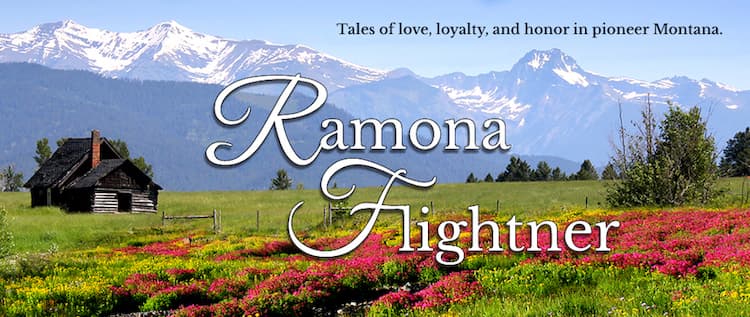
Last tenement in West End
By Ramona Flightner/ @ramonaflightner
During research for my book that takes place in 1900 Boston, I learned quite a bit about this city I love. I realized I hadn’t known as much about Boston as I thought and that the city had changed a great deal over the years. While attempting to determine where my main characters would live and work, I learned a tremendous amount about Boston’s neighborhoods in 1900.
One such neighborhood was the West End. It no longer exists as anything more than a proverbial “concrete jungle” better known as Government Center and surrounding area. Currently, it’s one of my least favorite areas of the city, a sterile, urban environment devoid of any real character. However, in 1900, it was a vibrant, immigrant neighborhood that continued to change. To its detriment, it did not flourish and after World War II, city leaders began to think of it as filled with tenements and as a slum. Unfortunately, it was chosen as the first neighborhood to be demolished in the late 1950’s for “urban renewal.” Due to the experience of the West Enders, and what was learned from their experiences, the drastic actions of leveling an entire neighborhood was never repeated.
Now that Beacon Hill (yes, it had been undesirable in 1900), the South End and the North End have all experienced a revival and are desirable parts of the city to live in, I wonder what the old West End would have been like today had it not suffered such a drastic fate.
I have walked around the area some, but there aren’t many buildings left to give a sense of the old neighborhood. Almost all of the buildings have been razed and the streets have been re-routed. Thankfully, I have found fantastic maps on the Boston Public Library webpage from the late 1890’s that help show the streets and the site of old buildings from the West End. (Map page at Boston Public Library, http://maps.bpl.org)
To that end, I continued to research the West End and eventually found a museum (http://thewestendmuseum.org). I visited this past weekend and enjoyed looking at the three museum exhibits. One is a very small exhibit about the “West Ender” newspaper that is by people who used to live in the neighborhood and want to reconnect or reminisce about old times. A larger exhibit, about preserving historic buildings fascinated me as I had not known the story of the old Hancock home that was demolished around 1865.
I was greatly saddened, yet very interested, in seeing the before and after shot of Boston in the later 1950’s. The first picture was taken when all of the apartments, shops and tenement buildings in the West End were standing. The second photo showed the entire area after it had been raised. A startling set of pictures, and I continued to ask myself, “What had they been thinking?”
The final exhibit traced the West End from the early days until its demolition. I enjoyed reading people’s reminiscences and learning more about how the neighborhood continued to change throughout the years. All in all, a very interesting museum, and I would recommend a visit if you are ever near North Station, MGH or Faneuil Hall.










